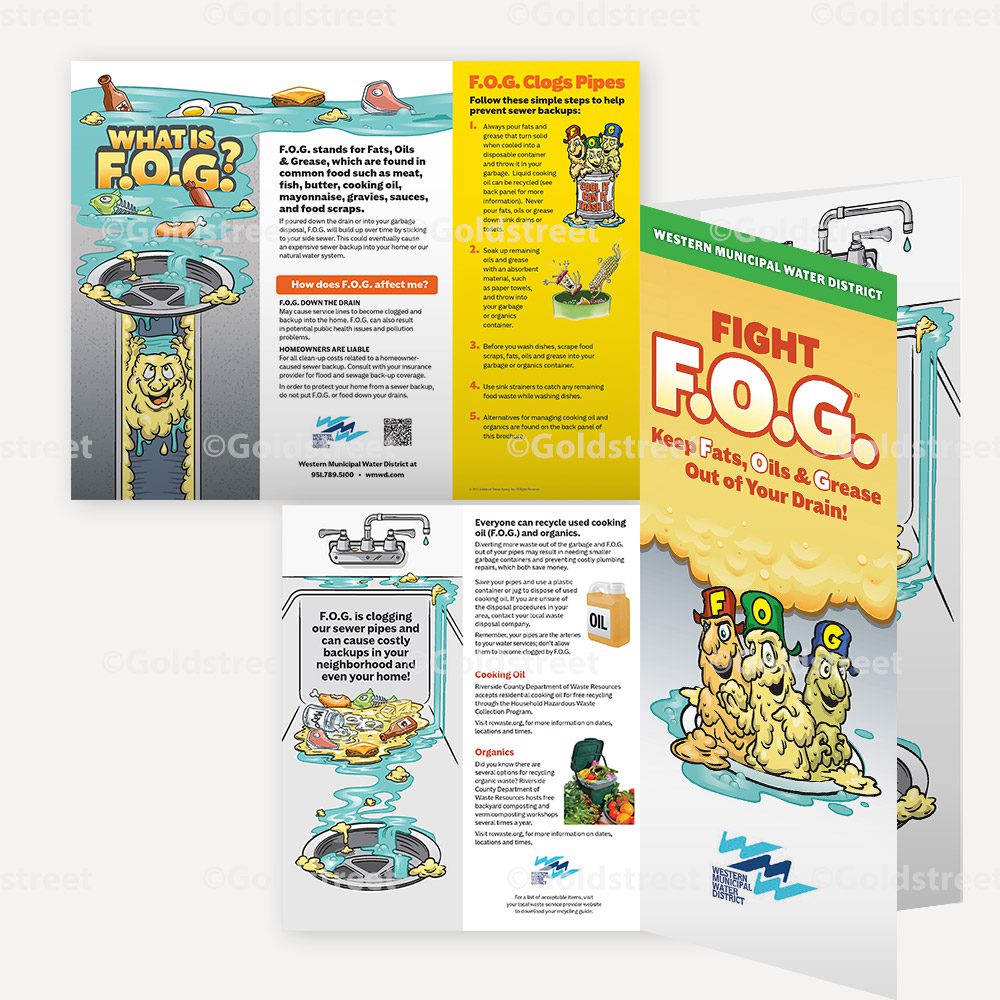…and Tips For Reaching Them!
1) Mobile Businesses
Carpet cleaners, pressure washers and painters are among the top three mobile businesses known to be polluting local waters. A moving target, they can be hard to reach, but here are a few tips:
• Increase the “Report a Spill” outreach efforts to residents, let them report the issues to you.
• Form a regional group with nearby jurisdictions to develop a regional campaign. Don’t forget to include the local business licensing office(s).
• Ensure you understand the audience before developing any materials. Market research can save you a ton of time and resources in the long run, and better ensure success.
2) Home Owner Associations
Private facility maintenance in residential areas can be difficult to enforce, but can have a high impact on water quality if successful. Inactive associations, high board member turn over, and lack of reserves are just a few of the hurdles.
• Find the list of associations in your area. In many states, home owner/neighborhood associations are required to file paperwork with the state, which could include a mailing address, contact person, and possibly even board members and annual budget.
• Request a timeslot at upcoming HOA meetings to give a presentation about “Local Requirements Regarding Your Stormwater Facilities” or “Help Available to HOAs to Maintain Stormwater Facilities”. This could be done broad scale if you have a mailing list, or just start by calling the few you have and keep working to improve your inventory of contacts.
• Offer an annual or bi-annual “workshop” for HOAs, making sure you plan to highlight the regulations, the issue, and tips or assistance for helping HOAs succeed in bringing (or keeping) their facilities into compliance. WORKSHOP TIP: Offer free snacks or free giveaway items as an incentive!
3) Internal Staff
With NPDES permit requirements and associated state requirements evolving, internal staff are raising to the tops of outreach specialists’ priority lists across the county.
• Meet with the managers of the staff you need to train to better understand their point of view. Find out more about the challenges you might face before you even begin to design a training program. Consider busy times of the year, varying schedules and access to computers.
• Videos are a great way to provide training to internal staff. Once developed or purchased, there is no longer a need to be there in person to train internal staff; a very efficient use of resources in the long run.
• Consider your tracking method before you begin training. How will you measure success and track your progress? Written or online exams can be a great way to do both.

